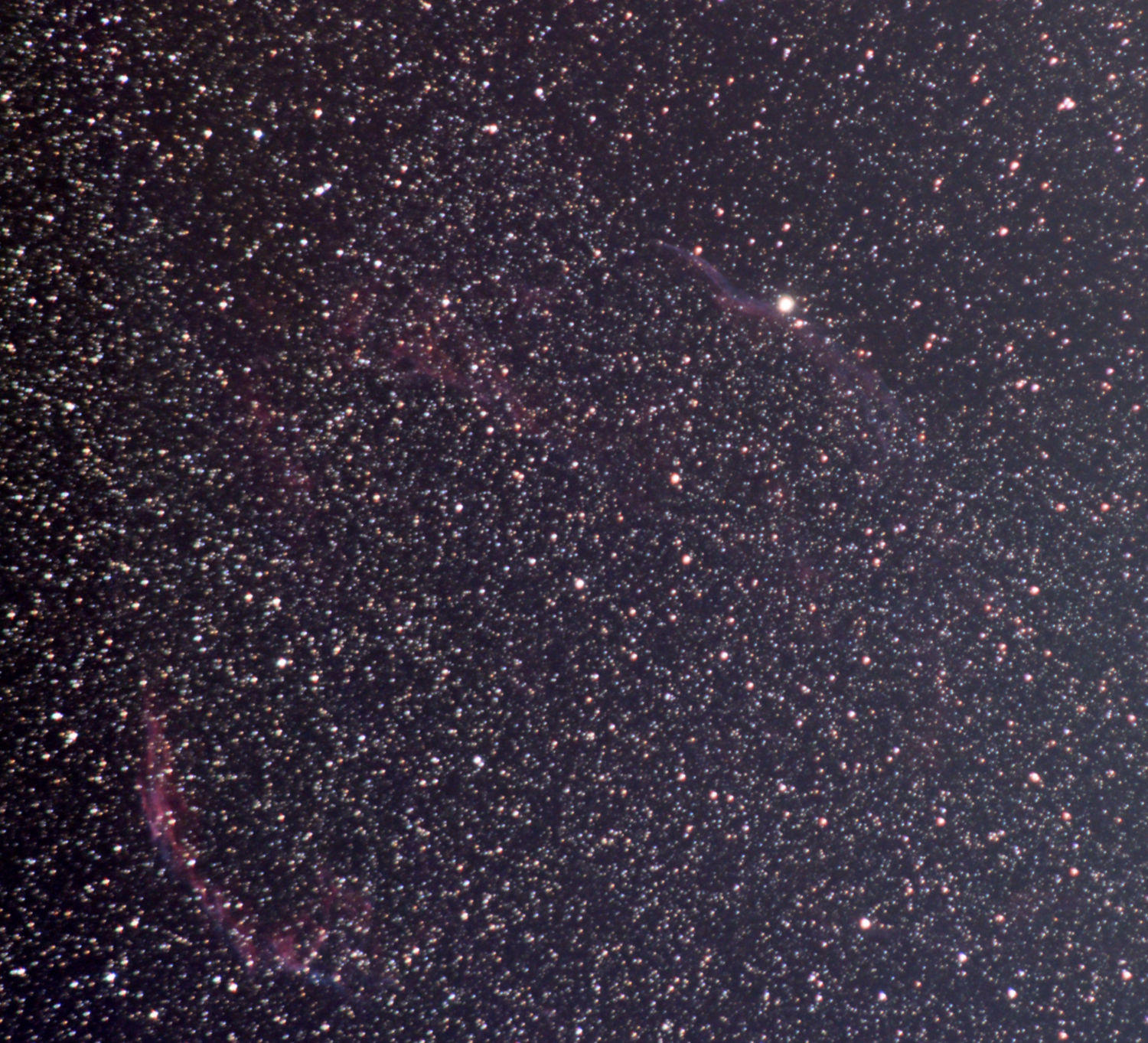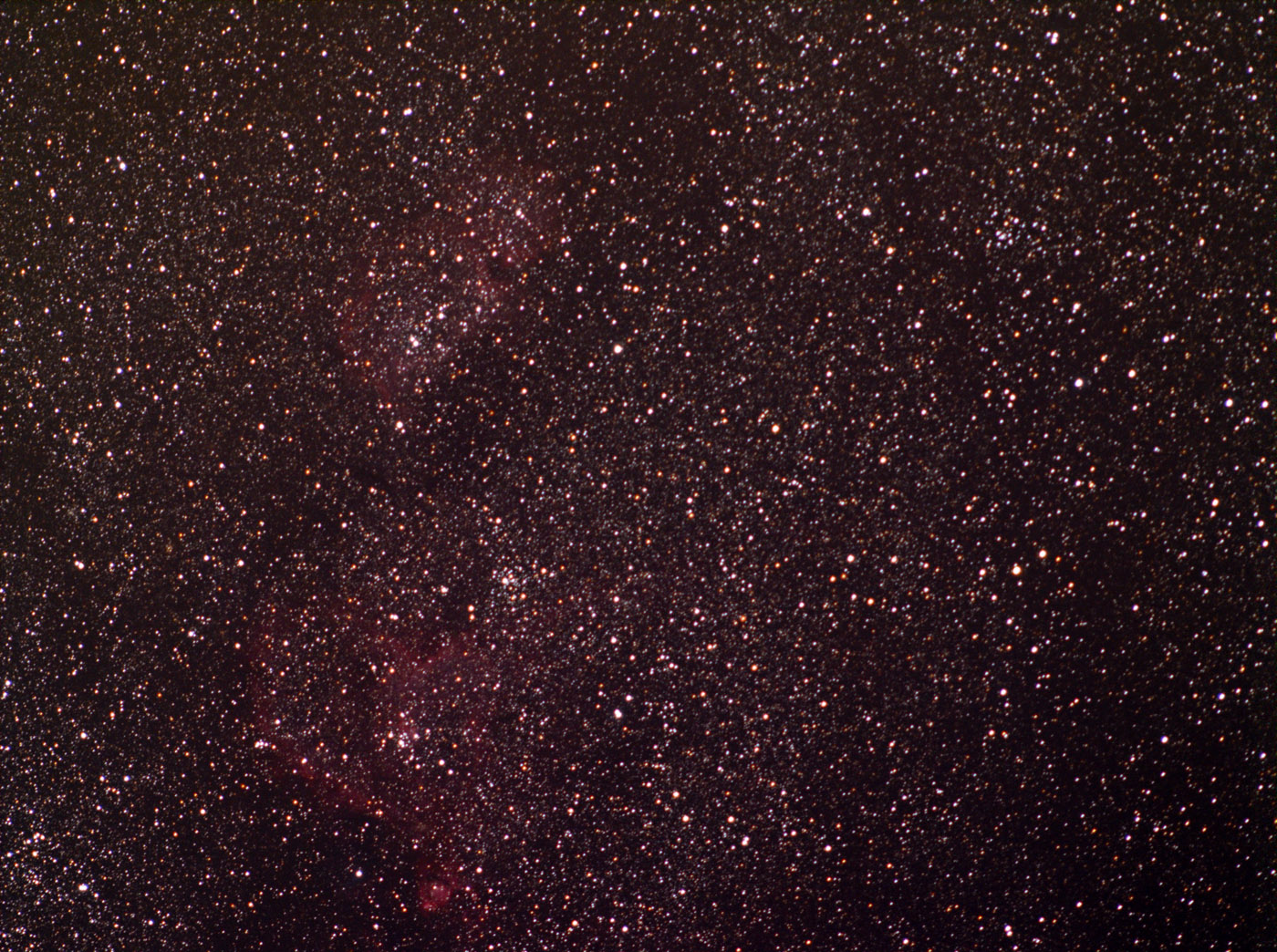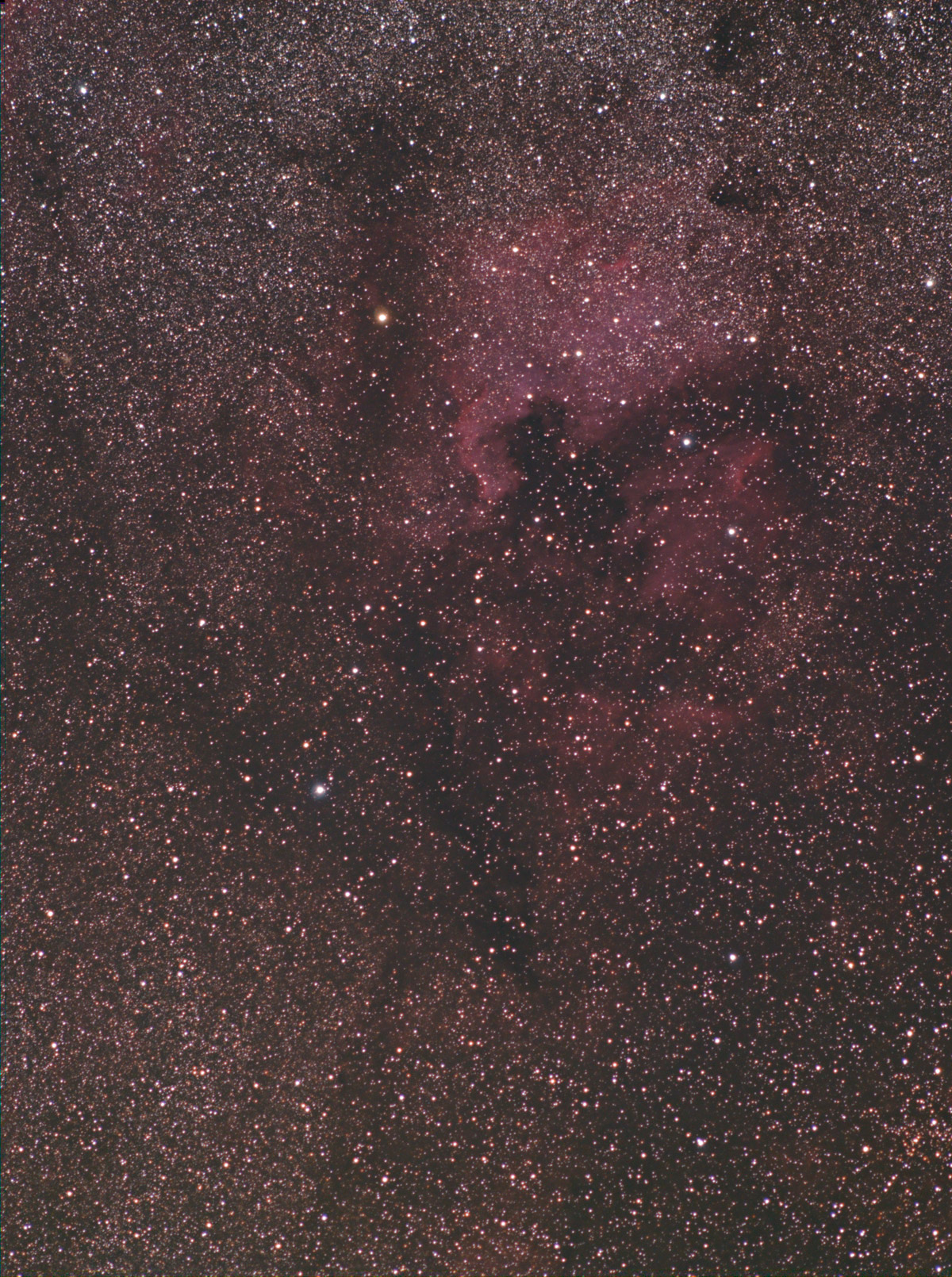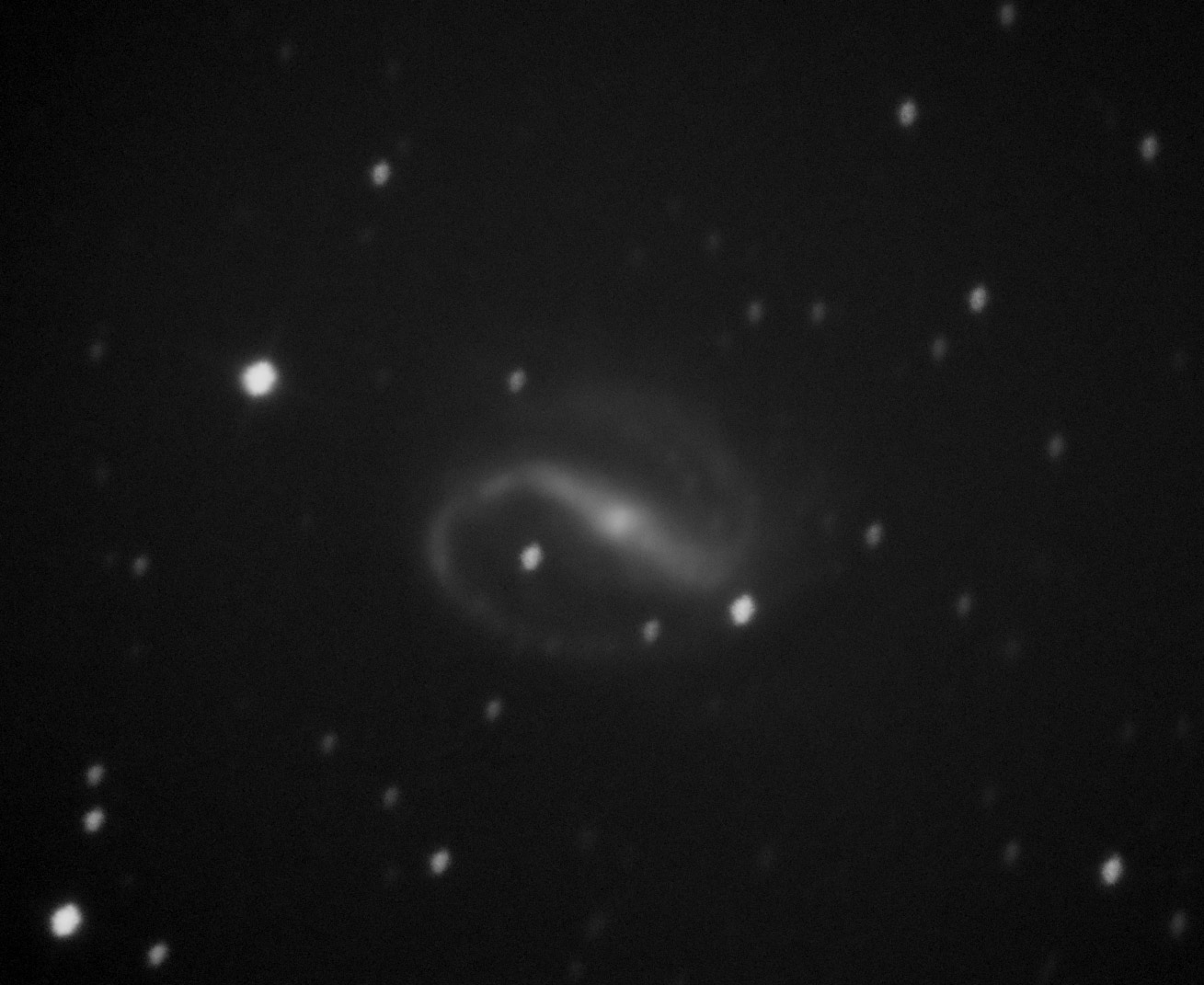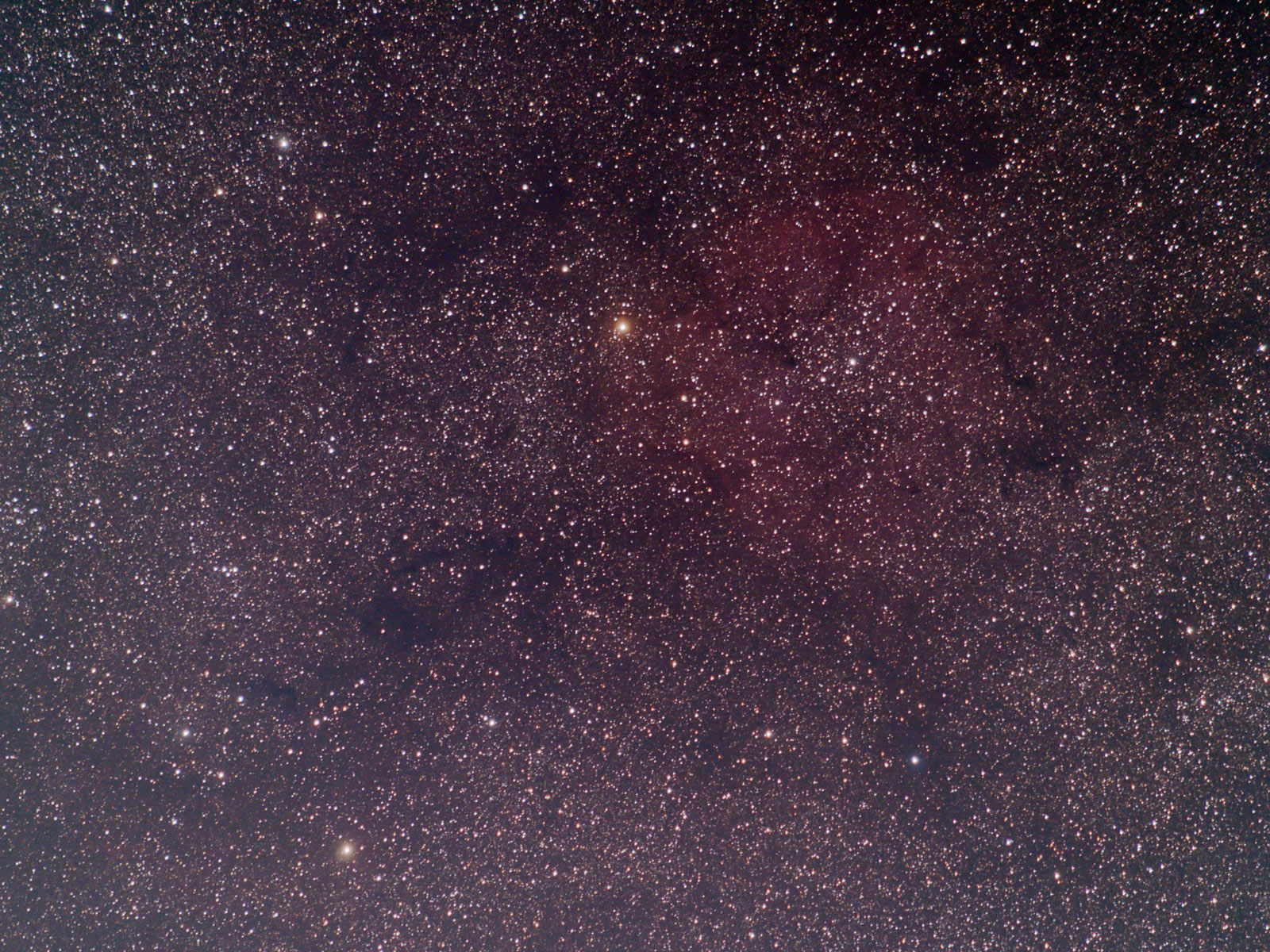Friday evening was mostly clear albeit with a very bright moon. The original objective was to image the Sculptor galaxy (NGC253) which reaches 11 degrees above the southern horizon at this time of year. Unfortunately, there was a bank of cloud to the south which ruled this out. Plan b was the Orion Nebula.
The 20″ was tracking nicely and the Trapezium group of stars in the centre of the nebula provides a good guider reference. I dispensed with the luminance frames and just took 30 second red, green and blue sub-frames (20 of each) binned 2×2. This cuts image acquisition time which is important with the Alt/Az 20″.
Image processing was with Maxim, PixInsight and Photoshop. I’m using the trial version of PixInsight at the moment trying to get to grips with the very different method of processing. The background extraction process is exceptional but for final sharpening, levels and colour balance I used Photoshop.

